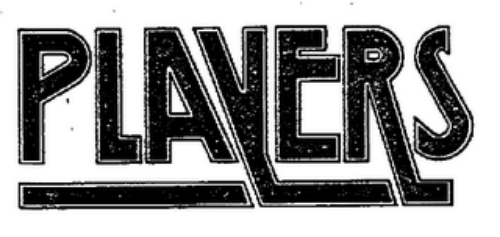“‘PLAYERS’ for shoes implies a fit, style, color and durability adapted to outdoor activities. ‘PLAYERS’ for men’s underwear implies something else, primarily indoors in nature.” – Trademark Trial and Appeals Board.
 British Bulldog Ltd. applied to register the trademark PLAYERS on the goods of men’s underwear. The trademark examiner  refused to register the mark claiming that it conflicted with a previously registered mark PLAYERS for the goods of shoes.
British Bulldog Ltd. applied to register the trademark PLAYERS on the goods of men’s underwear. The trademark examiner  refused to register the mark claiming that it conflicted with a previously registered mark PLAYERS for the goods of shoes.
But the appeals board overturned the refusal and found that there was no likelihood of confusion between the marks in the case of In re British Bulldog, Ltd., 224 U.S.P.Q. 854 (TTAB 1980).
How could identical marks not be in conflict when used on items that a person wears, e.g. underwear and shoes?
Was it because the goods of underwear are so different from shoes that consumers would not expect a source of underwear to also be a source of shoes?
No. The Trademark Trial and Appeals Board noted several previous cases where a conflict was found when the same or similar marks were used by different parties in connection with shoes and with items of clothing.
The one of the reasons the Board found no conflict was that the marks had different meanings in the context of the respective goods. On that point the Board said:
“PLAYERS” for shoes implies a fit, style, color and durability adapted to outdoor activities.
“PLAYERS” for men’s underwear implies something else, primarily indoors in nature.
Nicely put.
The Board described this a “close case.” Yet, the differing meanings played an important roll in the result.
But, in other cases a conflict was found where there was a lack of meaning-contextual difference. For example, a conflict was found between two users of INGENUE, one for shoes and the other for women’s undergarments. General Shoe Corp. v. Hollywood-Maxwell Co., 47 C.C.P.A. 933 (CCPA 1960).
Responding to a Trademark Cease and Desist
Therefore, when considering the similarities of the marks in response to a trademark cease and desist letter, you should consider whether the marks have distinctly different meanings in relation to the goods/services that they are used on.
Different meanings will not always save you from a conflict as noted by the fact that the Board called the Players case a close case, but it is one area worth investigating that could be successful.
See other posts in this How to Respond to a Trademark Cease and Desist series: